ASRock 939SLI32-eSATA2: ULi Dual x16 SLI
by Gary Key on March 2, 2006 12:15 PM EST- Posted in
- Motherboards
Basic Features: ASRock 939SLI-32 eSATA2
The ASRock 939SLI32-eSATA2 is a member of the Socket 939 Series product family and is a value-based board targeted towards the enthusiast user. The board ships with an accessory package that includes the standard assortment of IDE/SATA cables and power connectors. ASRock also includes an extensive driver CD along with desktop utilities.
| Specification | ASRock 939SLI32-eSATA2 |
| CPU Interface | 939-Pin Socket supporting AMD Athlon 64 / 64FX / 64X2 |
| Chipset | ULi M1695 - North Bridge ULi M1697 - South Bridge |
| Bus Speeds | 150MHz ~ 400MHz in 1MHz increments |
| CPU Clock Multiplier | Auto, 4x ~ 25x in 1x increments |
| Memory Speeds | Auto, 133MHz, 166MHz, 200MHz |
| PCI Bus Speeds | Auto, Sync with PCI-E, 33.33MHz ~ 37.50MHz variable speed |
| PCI Express Bus Speeds | Auto, 75MHz ~ 200MHz in various increments |
| HT Multipliers | Auto, 200MHz, 400MHZ, 600MHz, 800MHz, 1000MHz |
| HT Link Speed | Auto, 8-bit, 16-bit |
| Core Voltage | Auto, 0.800V to 1.400V (in 0.025V increments), (max voltage dependent upon CPU) |
| DRAM Voltage | Auto, 2.55V, 2.6V, 2.7V, 2.8V (Low, Normal, High, Ultra) |
| Chipset Voltage | Auto, 2.10V, 2.20V (Normal, High) |
| Memory Slots | (4) x DIMM, max. 4GB, DDR 400/333/266, non-ECC, un-buffered memory, Dual Channel Operation supported. |
| Expansion Slots | (2) x PCI-E x16 (each slot operates in 1x16 mode) (1) x PCI-E x4 (operates in x1 or x2 mode) (3) x PCI 2.2 (1) x AM2 CPU port |
| Onboard SATA | ULi M1697: (4) x SATA II , (2) eSATA II (shared with SATA II) |
| Onboard IDE | ULi M1697: (2) x UltraDMA 133/100/66/33 |
| SATA/IDE RAID | ULi M1697: (4) x SATA II RAID 0, RAID 1, RAID 0+1, RAID 5, JBOD |
| Onboard USB 2.0 | (8) USB2.0 ports (four ports, two headers for four more ports) |
| Onboard LAN | Realtek RTL8111B PCI-E 10/100/1000Mb/s LAN - PHY |
| Onboard Audio | Realtek ALC-660, 5.1 channel capable HD Audio Codec |
| Onboard Firewire | TI TSB43AB22 IEEE 1394 chipset - 1394A capable |
| Power Connectors | 20-pin ATX 4-pin ATX 12V 4-pin 12V SLI |
| Back Panel I/O Ports | 1 x PS/2 Keyboard 1 x PS/2 Mouse 1 x Parallel (ECP/EPP) 1 x Serial (COM1) 1 x Audio I/O Panel 1 x RJ45 LAN 4 x USB 2.0 2 x eSATA II 1x IEEE 1394 |
| Other Features | Hybird Booster - Overclocking Engine Boot Failure Guard - Overclocking Safe Guard United Overclocking Program - Fixed PCI-E and PCI speeds Hardware Monitor - BIOS Based Windows Vista Ready ROHS Compliant |
| BIOS | AMI 1.0 (2/06/06) |
The ASRock 939SLI32-eSATA2 is a member of the Socket 939 Series product family and is a value-based board targeted towards the enthusiast user. The board ships with an accessory package that includes the standard assortment of IDE/SATA cables and power connectors. ASRock also includes an extensive driver CD along with desktop utilities.
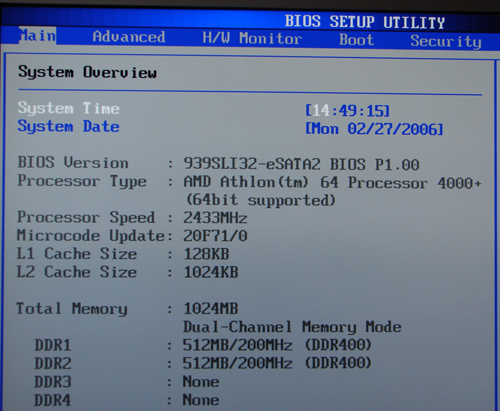
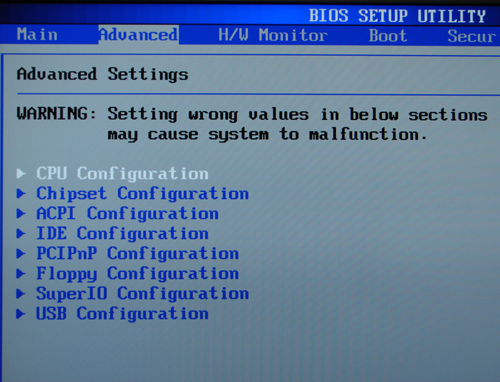
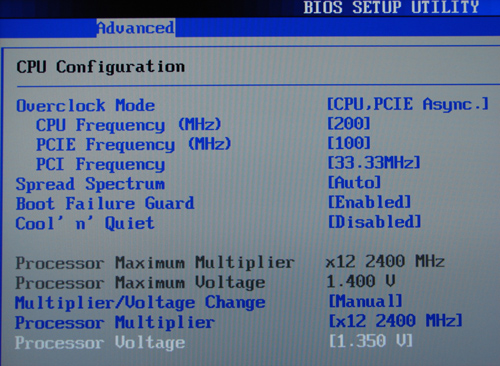
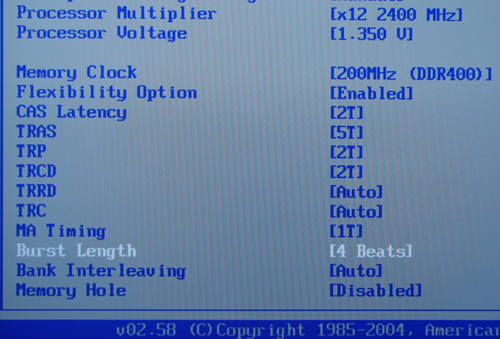
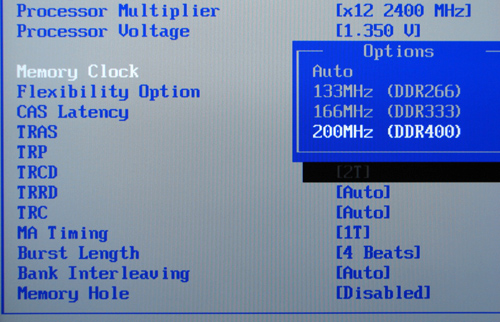











46 Comments
View All Comments
Zoomer - Tuesday, March 7, 2006 - link
This board would cannabilize sales of the premium SLI32 and xfire board that Asus sells for $150 IF it included voltage settings up to 2v vCore, 3.2v vMem, etc.They would be stupid to do it. These people will pay the $150 anyway if they don't have an easy (cheap) alternative. For the rest of us, we can get busy with a 2B pencil, solders or conductive ink. ;) And forgo the warranty on it, so if it goes boom in a year's time, you're on your own.
Nice strategy. Would AT leak the beta bios for comparison's sake? (We'll smuggle it to xs or ocwb....:D)
poohbear - Thursday, March 2, 2006 - link
and for the record the dualsata2 is a very stable mobo @ stock settings, i have to give credit where it's due, but for overclocking this company's products shouldnt even be considered.sandorski - Thursday, March 2, 2006 - link
It kinda sucks Nvidia bought out ULI, they were very innovative and really filled niche markets very well. Then again, perhaps Nvidia will let them continue doing interesting things there?Cygni - Thursday, March 2, 2006 - link
Hard to argue with that... looks like ASRock/ULi has another mega seller on their hand with this baby. But I cant help but wish it had an AGP slot thrown in between the two PCI-Ex lanes, to allow an upgrade path. Thats probably the primary reason the ULi 1695 boards have been selling so well.The IDE and SATA performance numbers are really striking in contrast to Nvidia's. I hope we see the inclusion of ULi's storage controller in future Nvidia chipsets.
All for $85... awesome.
Furen - Thursday, March 2, 2006 - link
If it had an AGP slot then it would have to use ULi's AGP tunnel + the 1697 instead of the 1695 + 1697, which would mean that it'd only have 16 PCI-e lanes for graphics. I suppose most of us wouldn't mind going for two 8x slots while in SLI but then most of us wouldn't really want SLI to begin with.JackPack - Thursday, March 2, 2006 - link
Quality doesn't seem to be bad either. Panasonic and UCC caps in there.